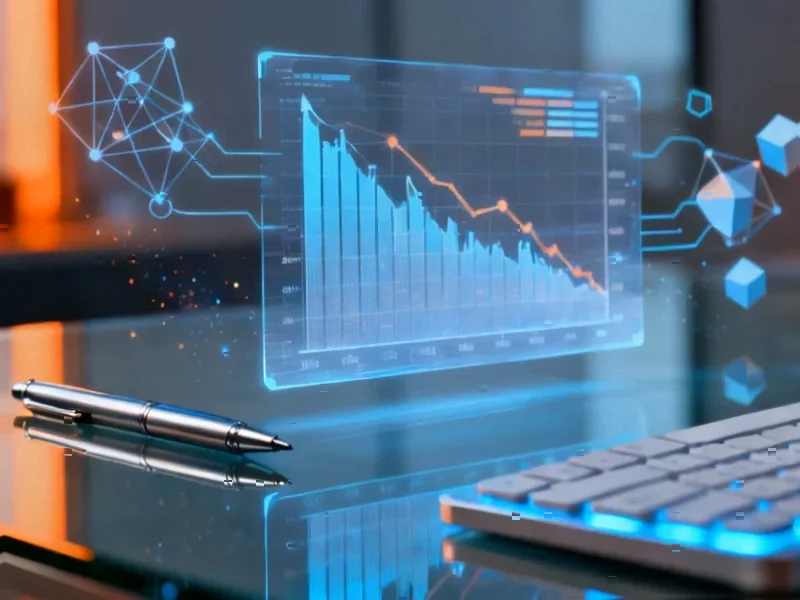The Silent Revolution in Motion
While electric vehicles and autonomous driving capture headlines, a deeper transformation is occurring at the computational level. Edge AI represents the nervous system of modern transportation, processing critical data where it’s generated rather than relying on distant cloud servers. This paradigm shift enables decisions to be made in milliseconds rather than seconds – a critical difference when preventing collisions or optimizing energy consumption in real-time.
Table of Contents
Intelligent Infrastructure: The Unseen Backbone
Modern transportation systems are evolving into distributed computing networks where intelligence resides at multiple points. Traffic management systems now analyze pedestrian flow, vehicle density, and weather conditions simultaneously to dynamically adjust signal timing. Public transit networks leverage predictive maintenance algorithms that identify potential failures before they occur, reducing downtime by up to 30% according to industry studies. This infrastructure intelligence creates cascading benefits across entire mobility ecosystems.
Energy Optimization Through Distributed Intelligence
Edge AI’s impact on transportation electrification extends far beyond basic battery management. Sophisticated algorithms now analyze driving patterns, terrain data, and weather conditions to optimize power distribution across vehicle systems. In electric buses and fleet vehicles, this intelligence can extend range by up to 17% while reducing charging infrastructure strain. The integration of Backup Battery Unit (BBU) technology ensures these critical systems maintain operation during power fluctuations or outages.
Safety Systems That Learn and Adapt
Advanced driver assistance systems (ADAS) have evolved from rule-based programming to adaptive intelligence. Modern edge computing platforms process data from multiple sensors simultaneously – cameras, lidar, radar, and ultrasonic sensors – creating a comprehensive understanding of the vehicle’s environment. This multi-modal analysis enables vehicles to identify and respond to complex scenarios no programmer could anticipate, from detecting erratic pedestrian behavior to recognizing deteriorating road conditions.
Railway Renaissance Through Edge Computing
The railway industry exemplifies how legacy systems can transform through edge intelligence. Modern trains employ distributed computing architectures that monitor everything from wheel bearing temperatures to track integrity. Compliance with IRIS ISO 22163 standards ensures these systems meet rigorous reliability requirements while enabling predictive maintenance that prevents costly disruptions. The result is a renaissance in railway efficiency and safety that’s breathing new life into this centuries-old transportation mode.
Cybersecurity at the Edge
As transportation systems become more connected, they also become more vulnerable. Edge AI provides a sophisticated defense mechanism by enabling local threat detection and response. Unlike cloud-dependent security systems, edge-based protection can identify and neutralize threats even when connectivity is compromised. This distributed security model creates a resilient transportation network capable of withstanding sophisticated cyber attacks.
The Future is Distributed
The transition to edge intelligence in transportation represents more than a technological upgrade – it’s a fundamental reimagining of how mobility systems operate. As processing power continues to decentralize, we’ll see transportation networks that are simultaneously more integrated and more autonomous. The vehicles, infrastructure, and management systems of tomorrow won’t just be connected – they’ll be collectively intelligent, creating transportation ecosystems that are safer, more efficient, and more responsive to human needs., as our earlier report
The intelligence revolution in transportation isn’t coming – it’s already here, operating quietly at the edge where milliseconds matter and local decisions create global impact. The question isn’t whether you’re ready for this transformation, but how quickly you can adapt to thrive within it.
Related Articles You May Find Interesting
- IBM’s Hybrid AI Strategy: Renting GPUs from Cloud Giants While Boosting On-Prem
- Why Europe’s Corporate Sector Must Embrace Geopolitical Strategy in Critical Sup
- Engineered CAR-T Cells with Collagen-Targeted IL-12 Show Promise in Prostate Can
- OpenAI defends Atlas as prompt injection attacks surface
- Manufacturing Sector Bears Brunt of Global Ransomware Surge, New Data Reveals
This article aggregates information from publicly available sources. All trademarks and copyrights belong to their respective owners.
Note: Featured image is for illustrative purposes only and does not represent any specific product, service, or entity mentioned in this article.



